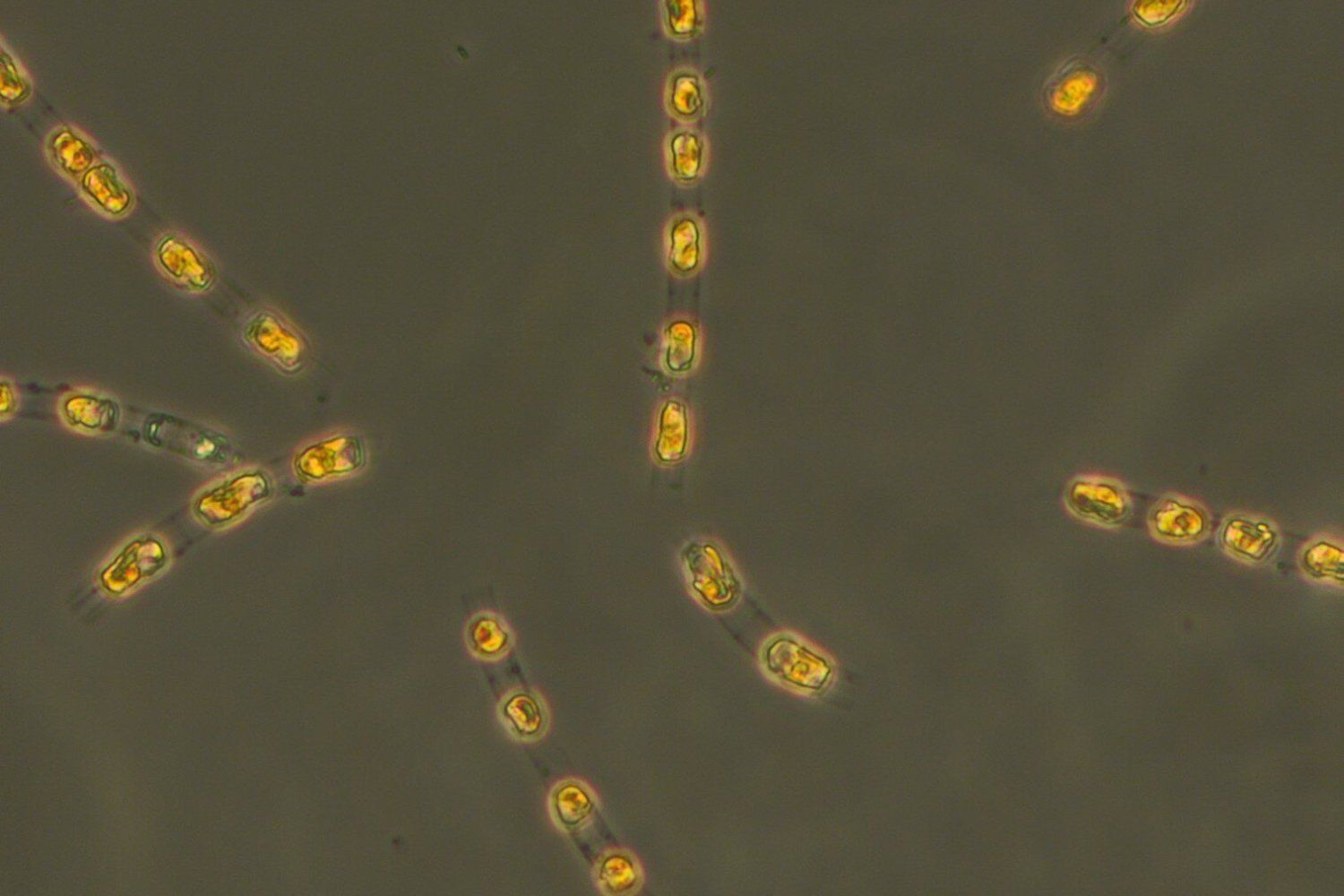
7,000-Year-Old Algae Revived: A Glimpse into Ancient Baltic Sea Life
Scientists have achieved a remarkable feat, resurrecting 7,000-year-old phytoplankton, making them some of the oldest organisms ever to be revived. These aren't creatures brought back from true death, but rather awakened from a deep slumber.
These tiny, photosynthetic marine algae, were in a state of dormancy, a kind of "sleep mode." A study published in The ISME Journal details how an international team of scientists successfully revived these dormant algae from the depths of the Baltic Sea, restoring them to full viability. This work offers a unique glimpse into the ecology of the ancient Baltic Sea.
Time Capsules of the Past
Many organisms enter dormancy to survive harsh environmental conditions, reducing their metabolic activity to a minimum. When phytoplankton become dormant, they sink to the seabed, becoming entombed in layers of sediment. These sediments act as time capsules, preserving valuable information about past ecosystems, biological communities, and their evolution.
According to Sarah Bolius, a biologist and phytoplankton expert at the Leibniz Institute for Baltic Sea Research Warnemünde, these deposits hold valuable information about past ecosystems.
Reviving the Ancient Algae
In 2021, Bolius and her team collected dormant phytoplankton from sediment samples taken from 787 feet below the Baltic Sea's surface. They successfully revived organisms from nine samples, some dating back nearly 7,000 years. Skeletonema marinoi, a common phytoplankton species in the Baltic Sea, was the only species successfully revived from all samples, with the oldest dating back approximately 6,871 years. The team believes their Skeletonema marinoi is among the oldest organisms ever revived from dormancy, and the oldest from aquatic sediments.
Ancient vs. Modern: A Comparison
The team analyzed the ancient phytoplankton and compared them to modern counterparts. The results were astonishing: the revived Skeletonema marinoi performed biological functions just as well as their modern relatives, despite millennia without light or oxygen.
Bolius noted, "It is remarkable that the resurrected algae have not only survived, but apparently have not lost any of their biological performance ability." They grow, divide, and photosynthesize just like modern algae. Furthermore, genetic analysis revealed that algae from different time periods formed distinct genetic groups, suggesting that Skeletonema marinoi in the Baltic Sea has genetically evolved over time.
Unlocking the Secrets of the Baltic Sea
The sediment samples also provide insights into past oxygen levels, salinity, and temperatures. Bolius explained that by combining this information, they aim to understand how and why Baltic Sea phytoplankton have adapted genetically and functionally to environmental changes. Her team’s work demonstrates the possibility of conducting "time-jump experiments" in the lab, allowing researchers to study various stages of the Baltic Sea's development. "Our study also shows that we can directly trace genetic changes over many millennia–by analysing living cells instead of just fossils or DNA traces."
It seems Sleeping Beauty has nothing on Skeletonema marinoi!
Source: Gizmodo